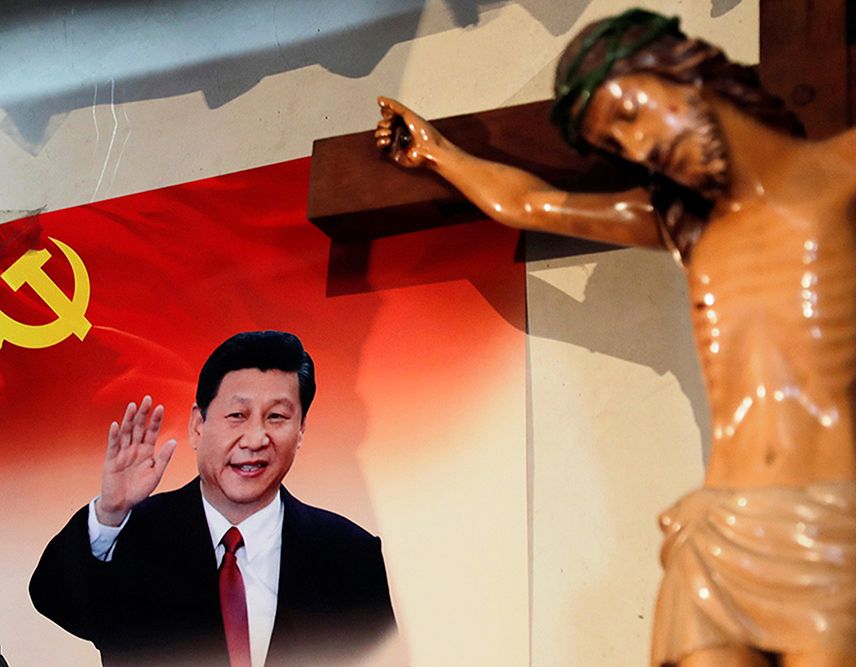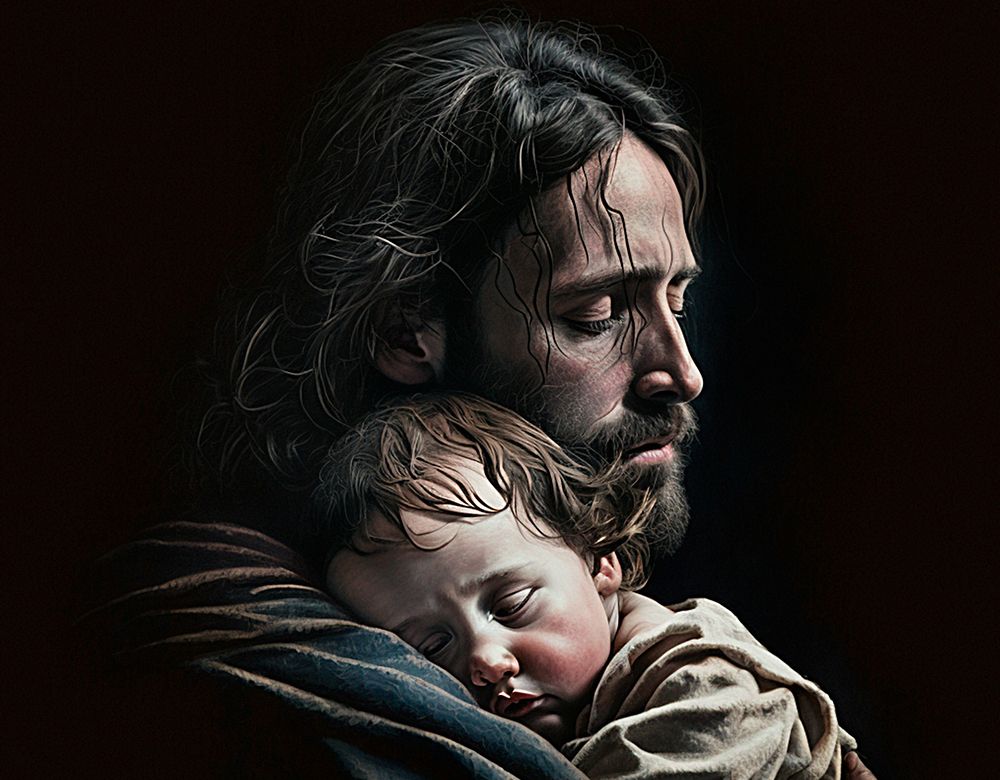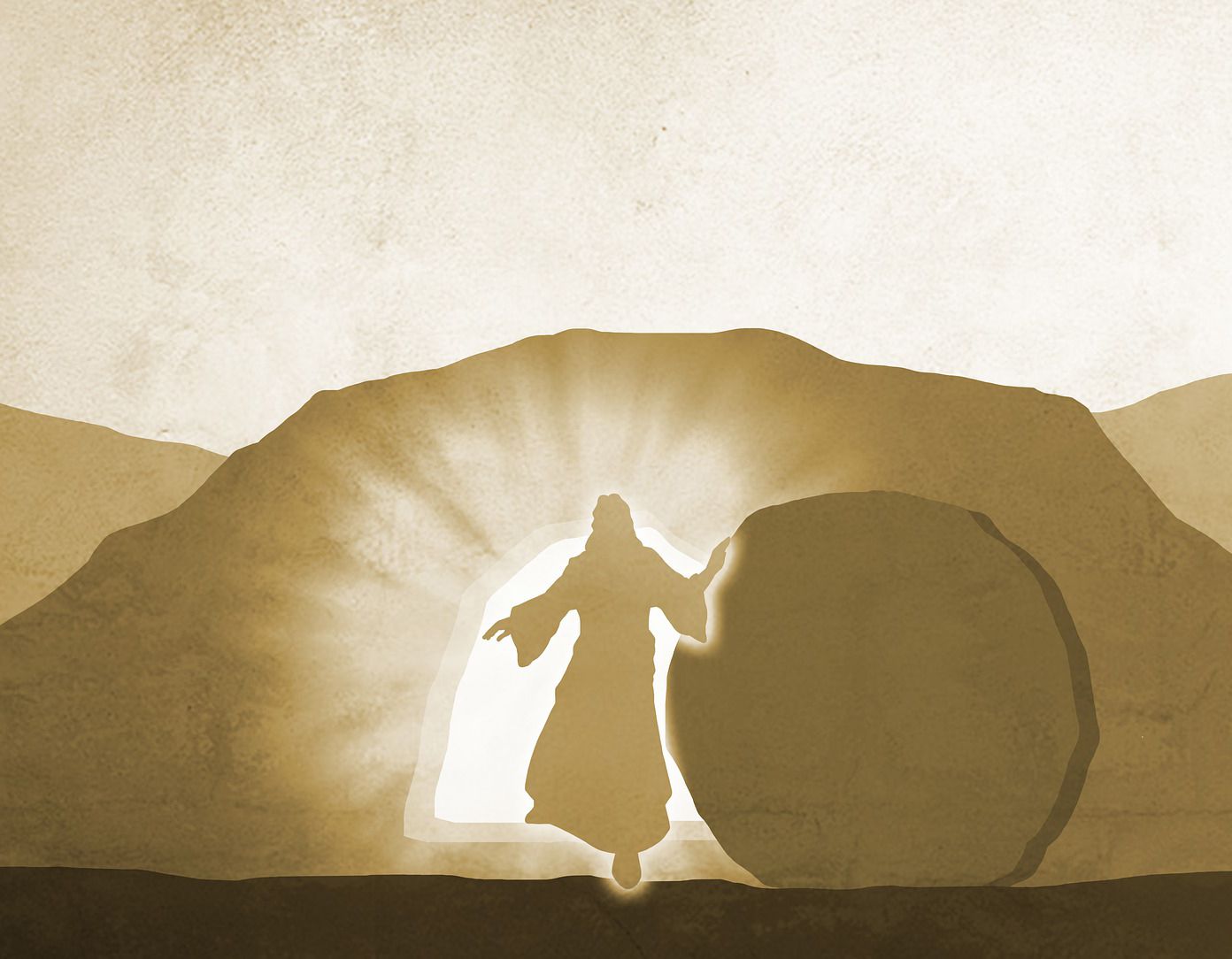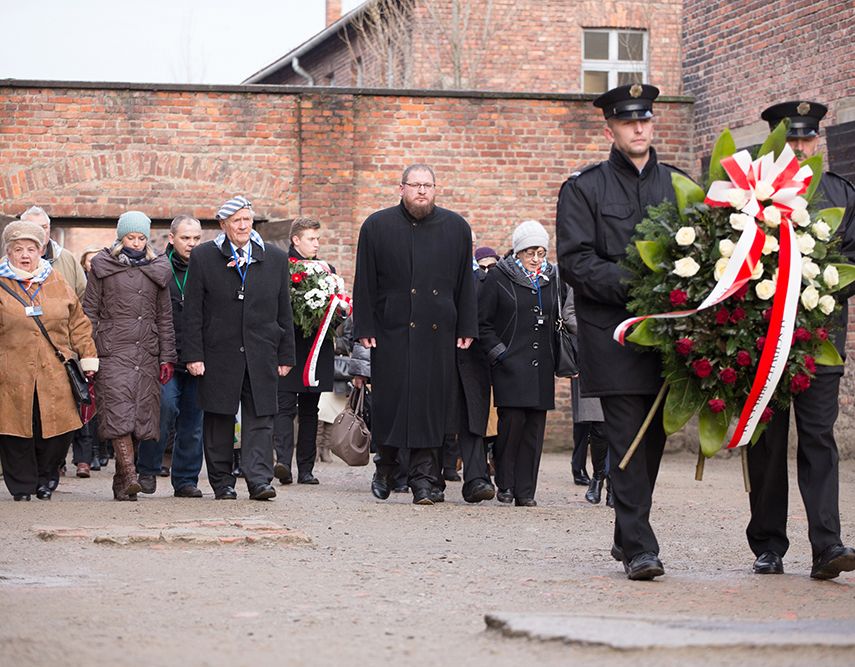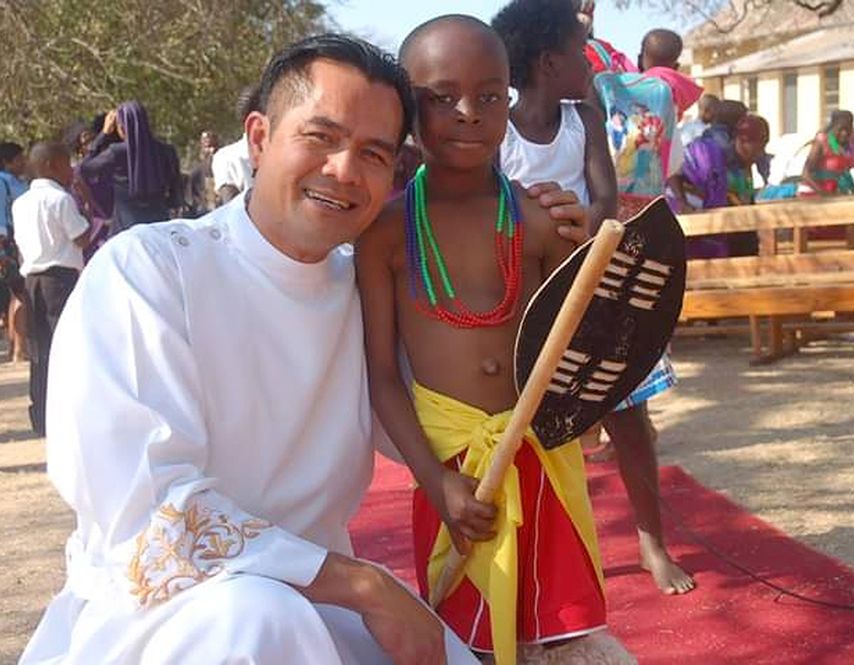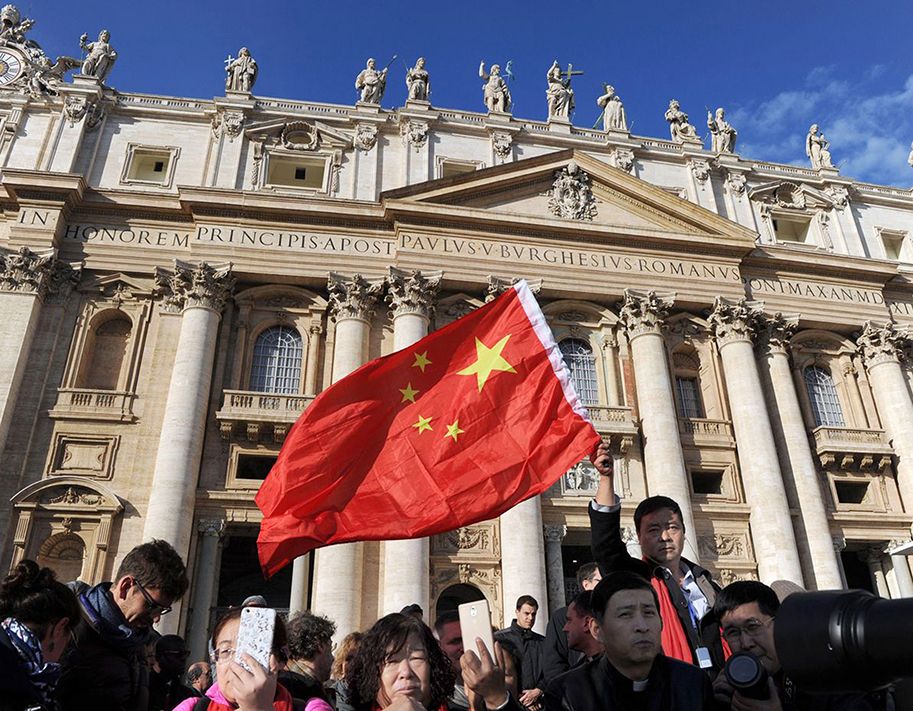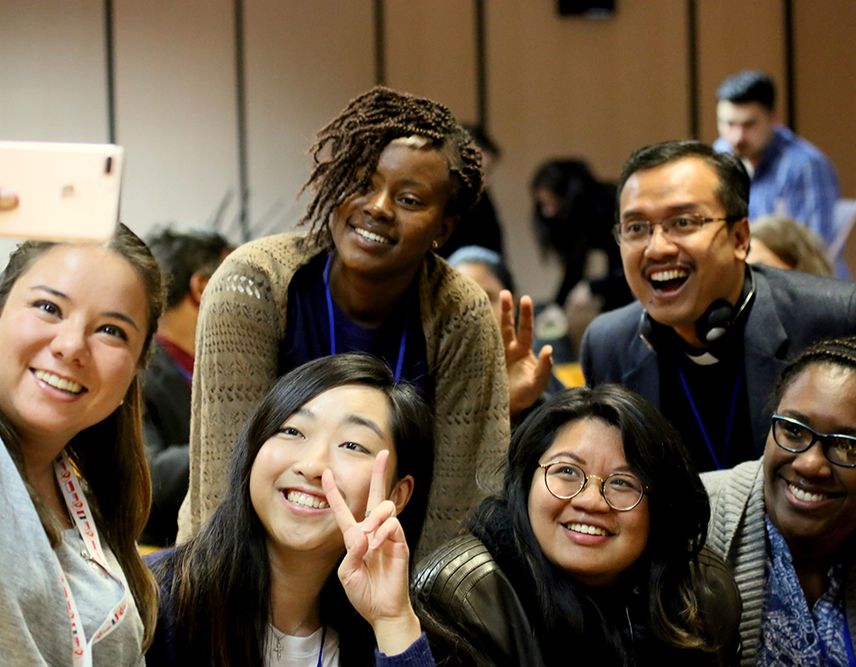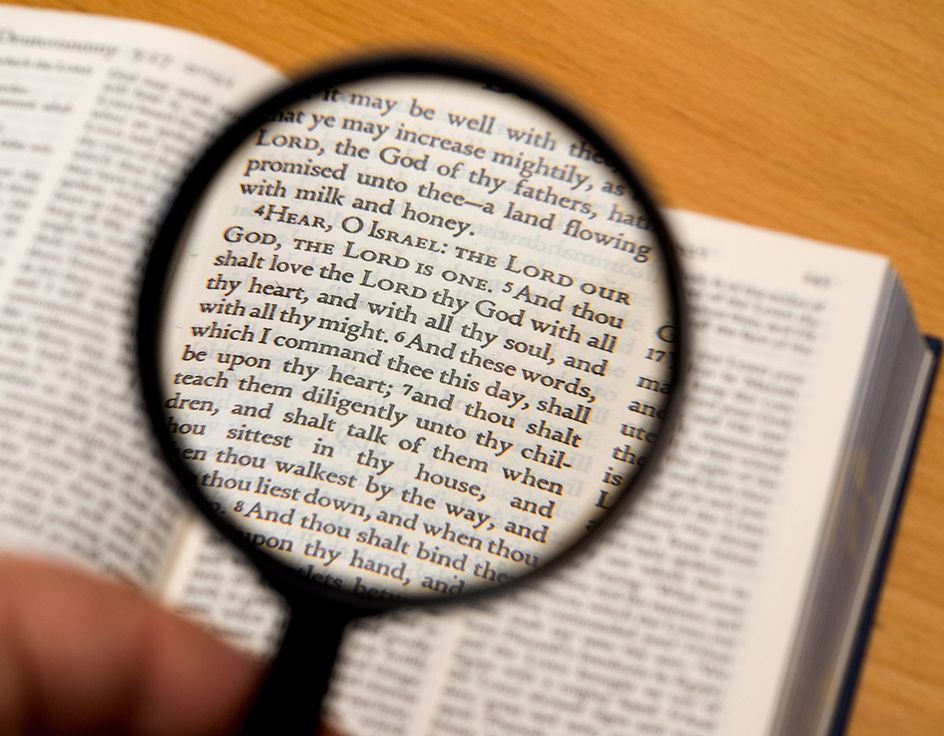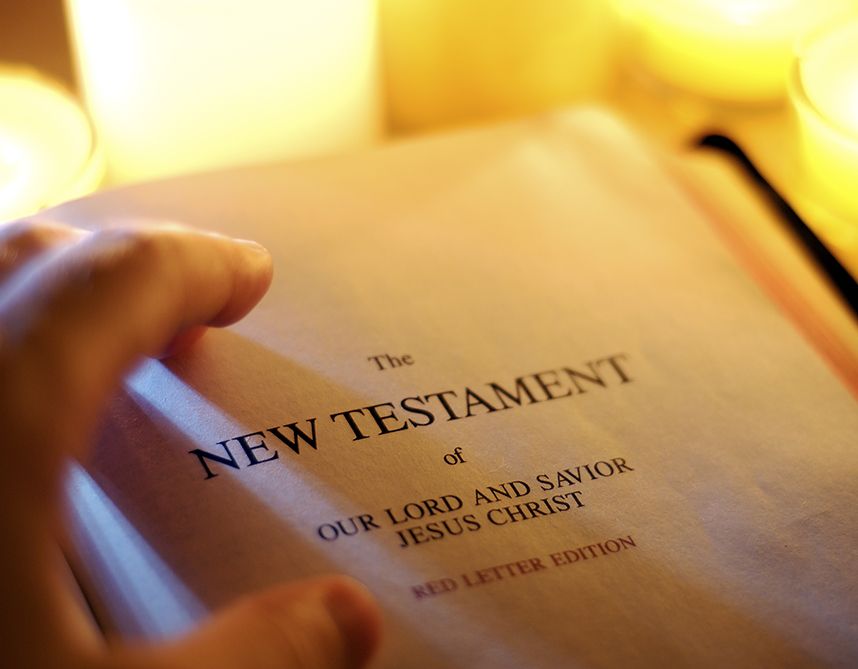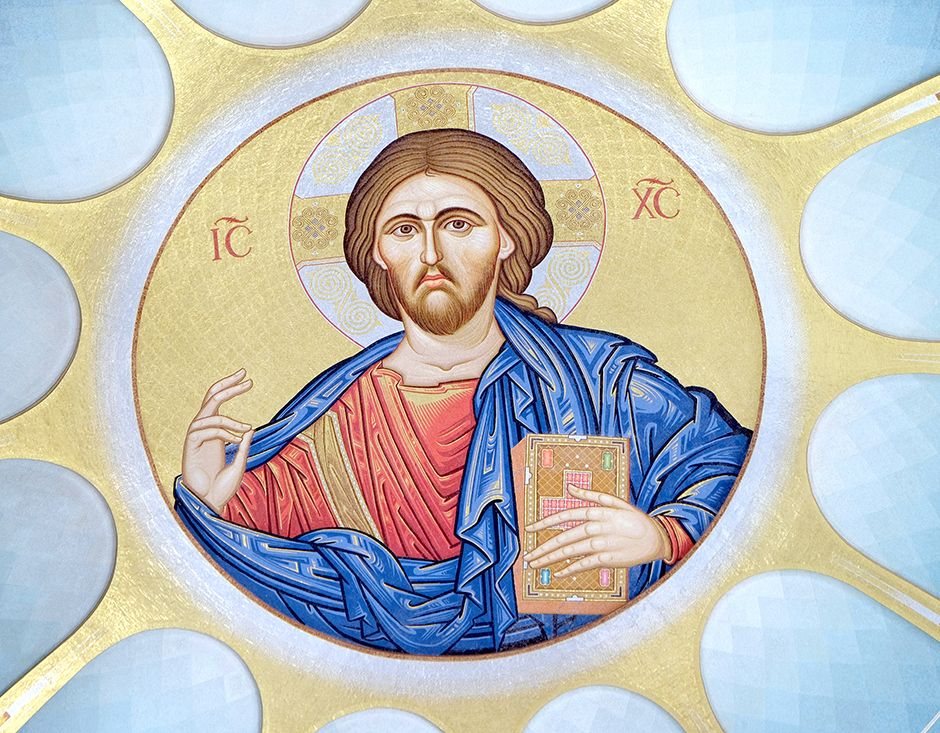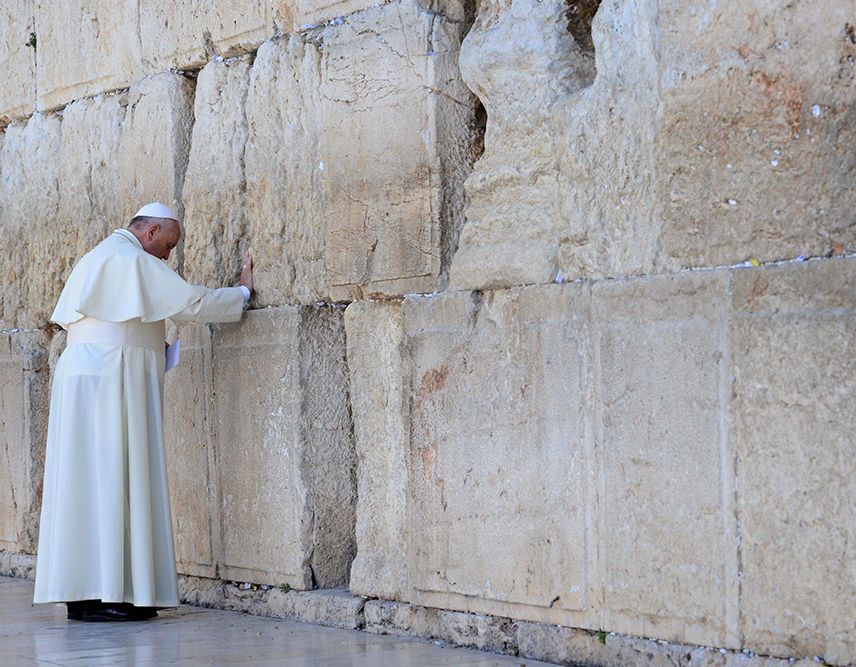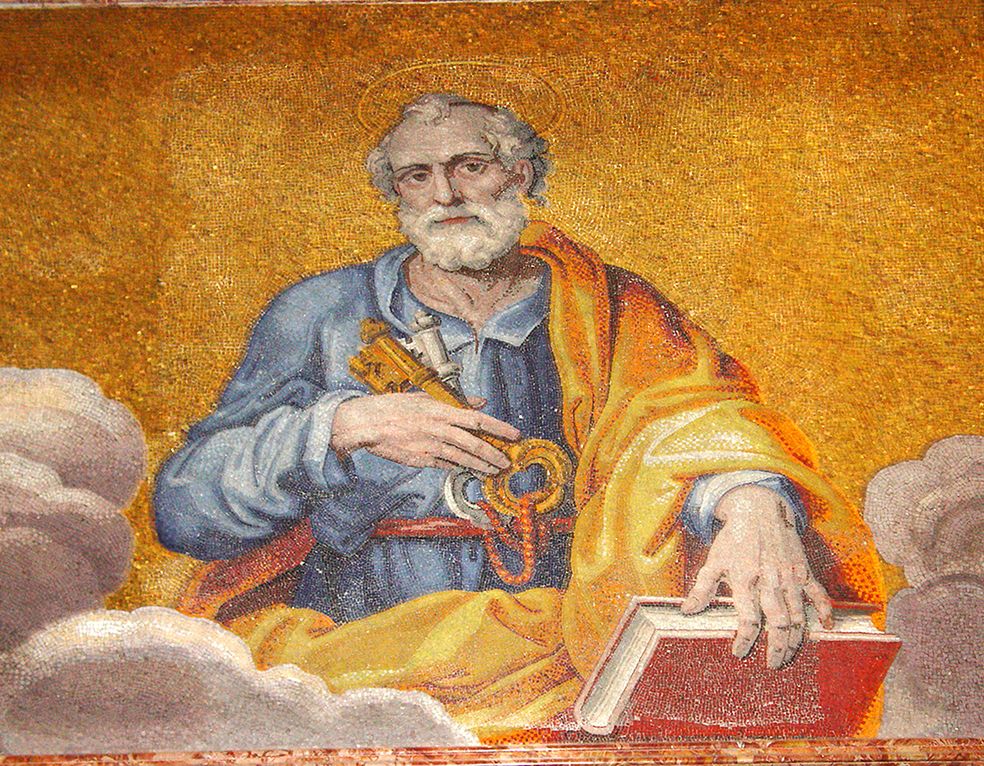Writing is a medium of human communication that involves the representation of a language through a system of symbols. As human societies emerged, collective motivations for the development of writing were keeping track of wealth, recording history, maintaining culture, and codifying knowledge or religious worship.
Broadly speaking, the two systems of writing are: ideographic and phonetic. The ideographic, like the Egyptian hieroglyphs, is based on a stylized representation of the objects one speaks about. This makes the number of graphic signs practically infinite. On the other hand, the phonetic is based on writing the sounds produced by the human mouth while naming the objects. The number of sounds is very limited and so we have the alphabet: one of the greatest human inventions.
The Semitic languages were the first to use the alphabet. Hebrew, the language of the Old Testament, belongs to the Semitic group of languages. Their peculiarity is that they write only the consonants, leaving the vowels to be guessed by the reader. This can give way to some ambiguity in understanding the meaning.
As a matter of fact, there came a moment in history, around the eighth century after Christ, when the Jewish scholars decided to mark the vowels of the whole Jewish Bible to make sure the meaning. These scholars are called Masorets. The text complete with the vowels is called the Masoretic text from the word masorah which means “tradition”.
SOME NECESSARY TERMS
Papyrus is a tall, reed-like water-plant with thick, fibrous stems used by the ancient Egyptians to make paper. Papyri are manuscripts written on this paper. Parchment is a heavy paper-like material made from the skin of sheep or goats, used for writing on. Parchment is also a piece of this material that has been written on. A scroll is a roll of parchment for writing. Scrolls are also ancient writings on such a roll. A book is a number of written or printed sheets of paper bound together between covers. A codex (codices) is a handwritten ancient text that is both in the form of book or scroll.
The writing of the Bible is a fascinating adventure. The original language of the Old Testament is Hebrew and the New Testament is Greek. The holy writers wrote by hand on papyrus or parchment. The single text was either in a scroll or a book. Each copy was a unique work. The codices of the Bible were kept in churches and monasteries for liturgical use. Very few individuals could afford a full copy of the Bible.
The story of the transmission and preservation of the text of the Bible is the glory of medieval monasticism. This continued until the invention of the printing press by Johannes Gutenberg, a German, who printed the 42-line Bible, called the Gutenberg Bible, in 1455. Since then, it became possible to make the Bible available to the individual Christian, but it is only in the 19th–20th centuries that the people in their totality had access to literacy by means of universal education. We are lucky because we know how to read and can have our own bible.
THE CONTENT AND THE LANGUAGE
Translations are there since the beginning and their legitimacy is as traditional as the Bible itself. Even at the time of Jesus, there were translations of books of the Jewish Scriptures from Hebrew to Aramaic. They were called Targumin (plural of Targum).
The most famous translation of the whole Jewish Bible into Greek is the Septuaginta, as we mentioned before. The most famous translation into Latin was made by Saint Jerome (V century) and it is called Vulgata which means “popular.” It was used in the Catholic Church until the Second Vatican Council.
The first to do a vernacular translation of the Bible was Martin Luther. His translation is a masterpiece of the German language. The first English translation of the Bible was made in 1449. It is only in the last century that the Bible was translated into more than 2000 languages.
For many local languages, the Bible is the first book printed in those languages. This movement was encouraged in the Catholic Church by the decision of the Second Vatican Council (1962-65) of allowing each people to celebrate the liturgy in their own language and no longer only in Latin.
The legitimacy of the translation rests on the fact that, for the Bible, the content of the message is more important than the original language in which it was written. All the same, the text of the original language is always the point of departure for any translation as well as any effort to reach the true meaning.
To establish the original critical text of the Bible, scholars have to collate the different manuscripts or codices and choose among the thousands of variants.





